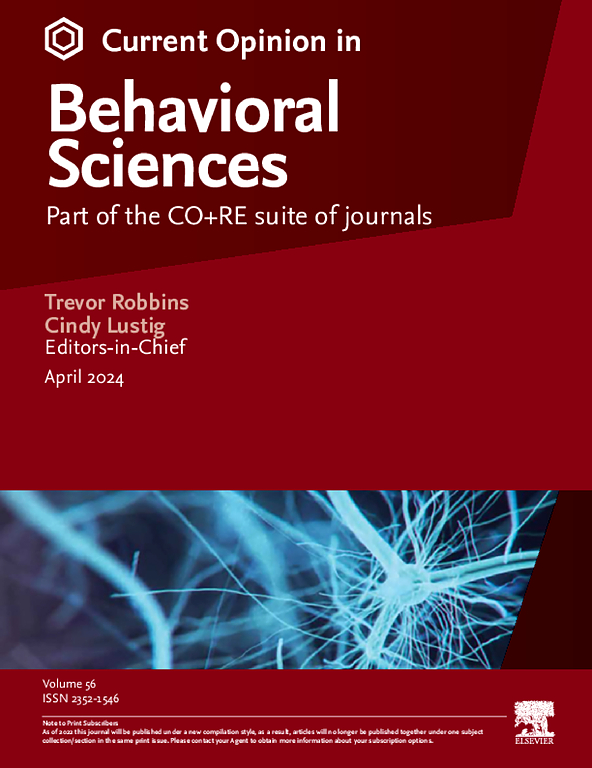Form, function and mechanics of femoral chordotonal organs in insects
IF 4.9
2区 心理学
Q1 BEHAVIORAL SCIENCES
引用次数: 0
Abstract
Insect legs function as locomotory organs as well as highly sensitive multisensory probes. Specifically, they contain mechanosensory femoral chordotonal organs (FeCO) that monitor femorotibial movements and mediate behaviours ranging from local leg reflexes to whole-body movements. The structure and material properties of FeCO prefilter incoming mechanical signals, which are encoded by the underlying mechanosensory neurons. FeCO consists of functionally specialised subunits within which pairs of neurons are organised into scolopidia that connect to tibia via a receptor apodeme, an invagination of the tibial cuticle. In some hemimetabolous insects, the apodeme connects to individual scolopidia at different points, activating them at different tibial positions and mechanically fractionating the stimulus range. However, in some holometabolous insects, mechanical stimulus is channelled into different components and directed to various FeCO subunits. FeCO thus serves as an ideal mechanosensory organ to study the role of structure in determining sensory function.
昆虫股脊髓器官的形态、功能和机械结构
昆虫的腿既是运动器官,也是高度敏感的多感觉探针。具体来说,它们包含机械感觉股脊索器官(FeCO),可监测股胫运动,并介导从局部腿反射到全身运动的各种行为。FeCO 的结构和材料特性对传入的机械信号进行预过滤,这些信号由底层机械感觉神经元编码。FeCO 由功能专门化的亚单位组成,其中成对的神经元被组织成 Scolopidia,通过胫骨角质层的内陷--受体顶端与胫骨连接。在一些半代谢昆虫中,受体突起在不同点连接到单个胫骨,在不同的胫骨位置激活它们,并在机械上分割刺激范围。然而,在一些全代谢昆虫中,机械刺激被引导到不同的组件中,并指向不同的 FeCO 亚基。因此,FeCO 是研究结构在决定感觉功能中的作用的理想机械感觉器官。
本文章由计算机程序翻译,如有差异,请以英文原文为准。
求助全文
约1分钟内获得全文
求助全文
来源期刊

Current Opinion in Behavioral Sciences
Neuroscience-Cognitive Neuroscience
CiteScore
10.90
自引率
2.00%
发文量
135
期刊介绍:
Current Opinion in Behavioral Sciences is a systematic, integrative review journal that provides a unique and educational platform for updates on the expanding volume of information published in the field of behavioral sciences.
 求助内容:
求助内容: 应助结果提醒方式:
应助结果提醒方式:


